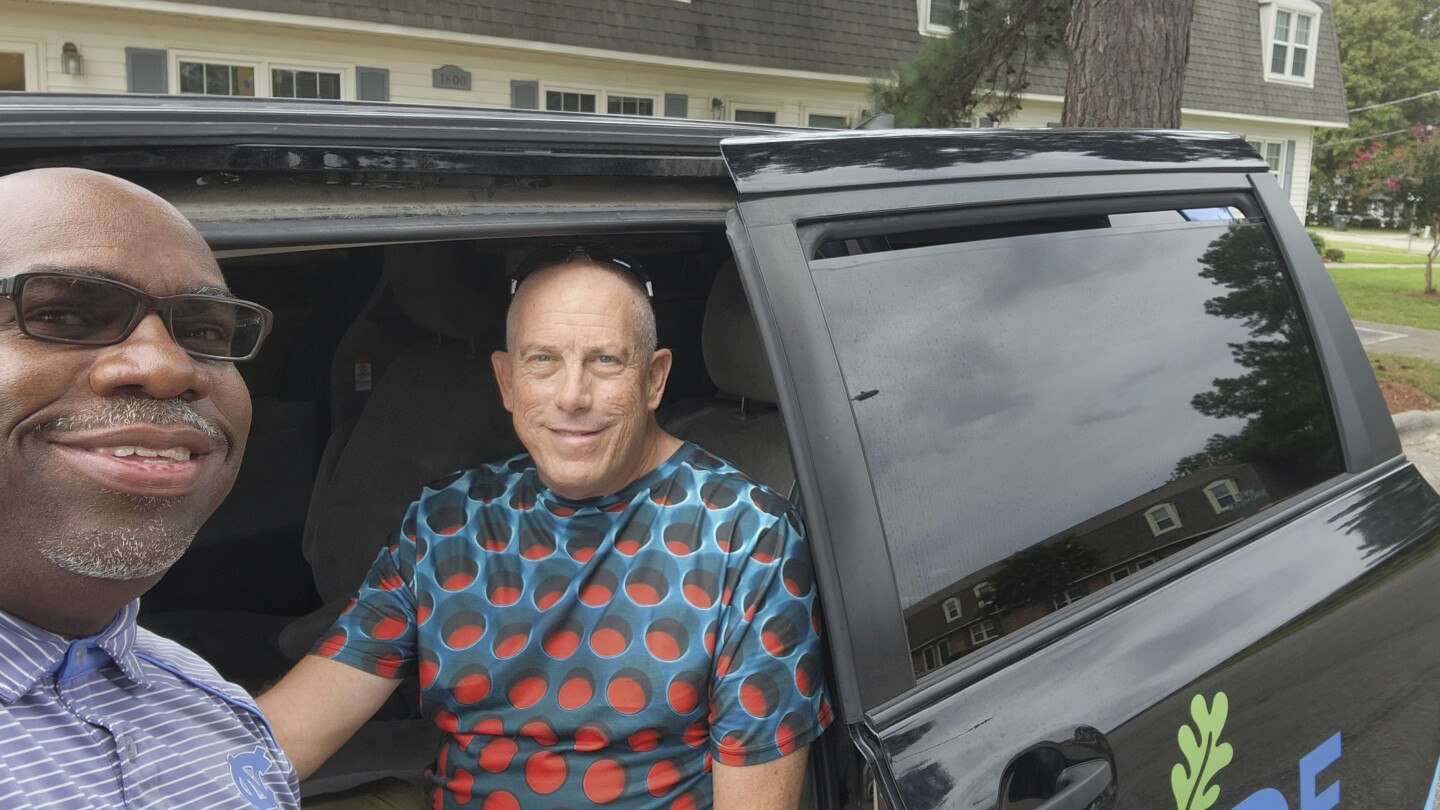What if public transit was like Uber? A small city ended its bus service to find out::Small-scale, tech-based solutions to transportation problems have emerged as a great equalizer in the battle for infrastructure dollars between big cities and rural communities.



I mean you kind of answered your own question. Italian cities (and most European cities) are generally a millenia older than American cities. They were built around foot traffic. They’re dense. Stick a few strategic bus routes on major roads, and you’re covering a large amount of the population.
I think to understand the problem American cities face, Europeans would have to go for a stroll in a typical American suburb. I live a 30-40 minute walk from the nearest business of any kind (a grocery store). And I’m at the entrance of my neighbourhood; people living further in might easily be an hour’s walk away. The nearest office building is a couple hour’s walk (on a narrow sidewalk, next to a major road) A one-way commute to downtown (where the jobs are) is 1.5-2 hours for me, meaning 3-4 hours of commuting a day. Again: add 20-30 minutes for many of my fellow residents. Meanwhile, it’s a 15 minute drive (without traffic, anyway).
Then you’ve got the political problem. Since transit is pretty useless now, it’s really unpopular. Adding new routes helps only a relatively small number of people who live close to those routes. During the pandemic, many bus routes were shut down, and they haven’t come back.
So yeah, you can drive to a Park & Ride. People do that, they get very busy. But in my case, that involves driving roughly half the distance to downtown, at which point…catching transit feels like a token gesture. That kind of situation is pretty typical.
American cities were built around cars.